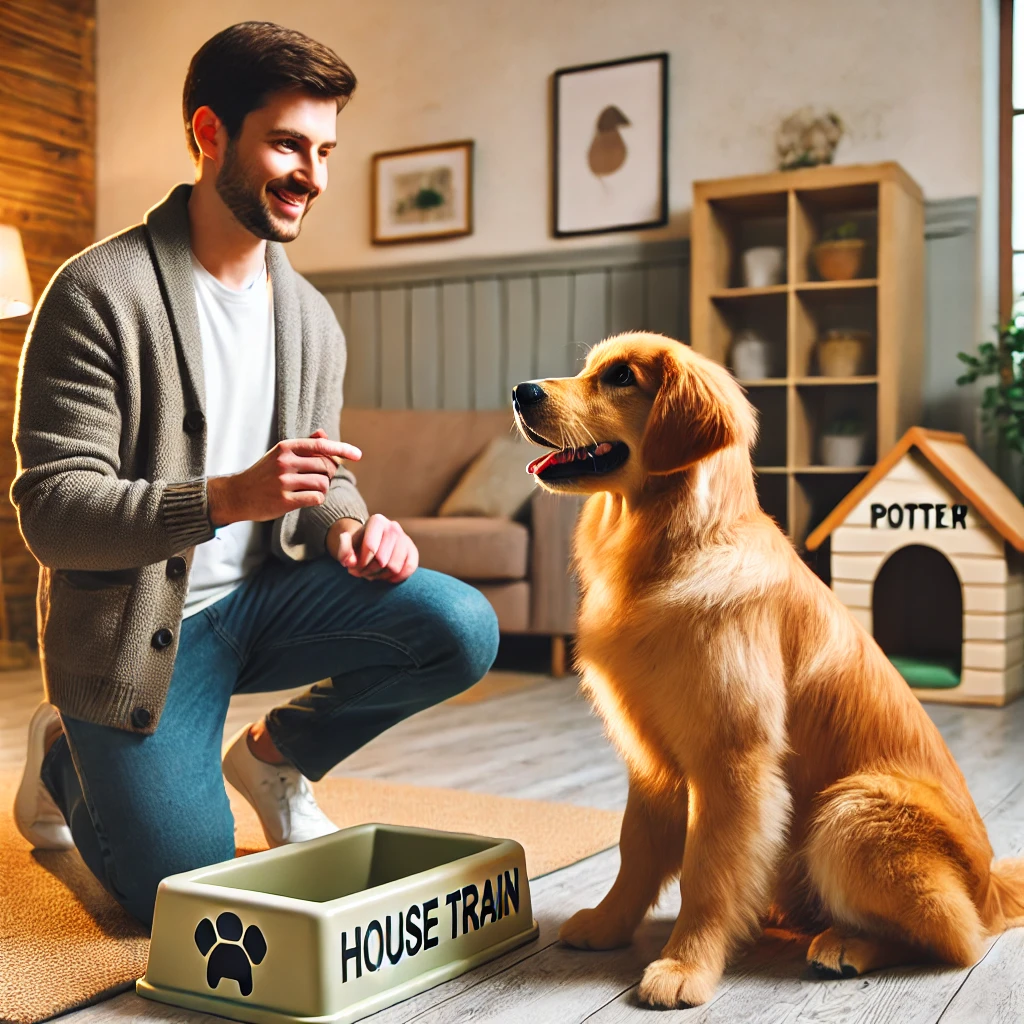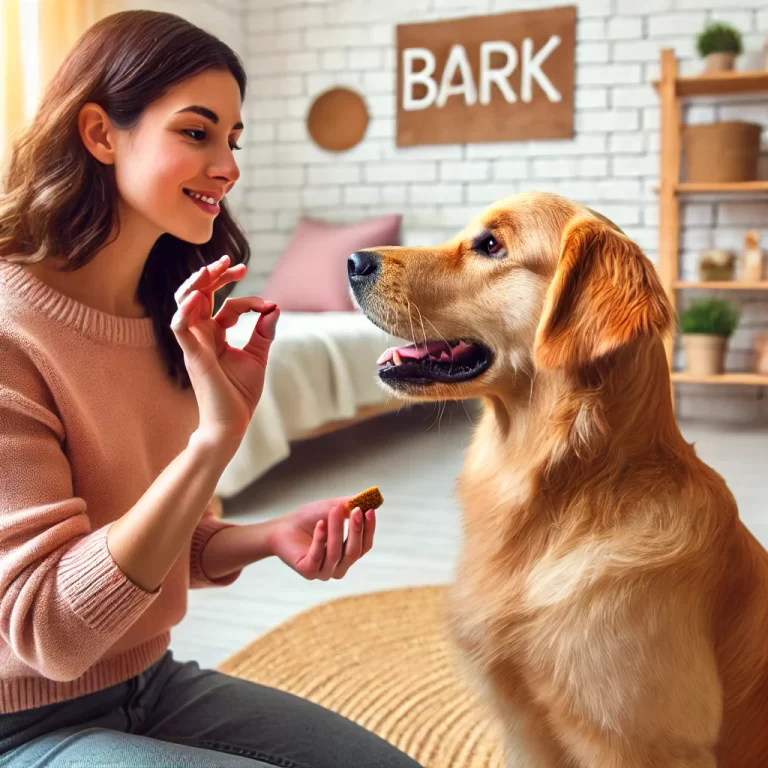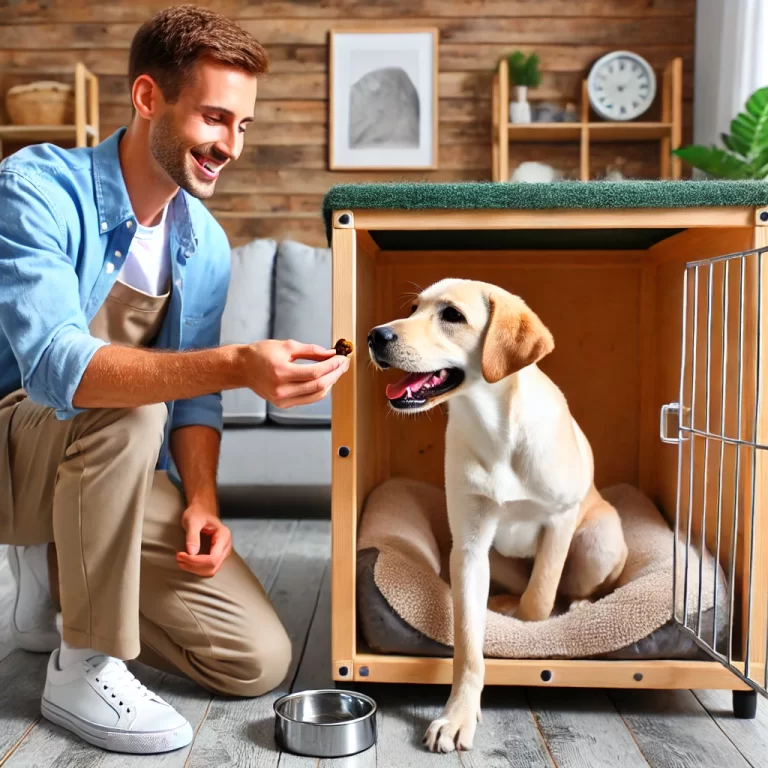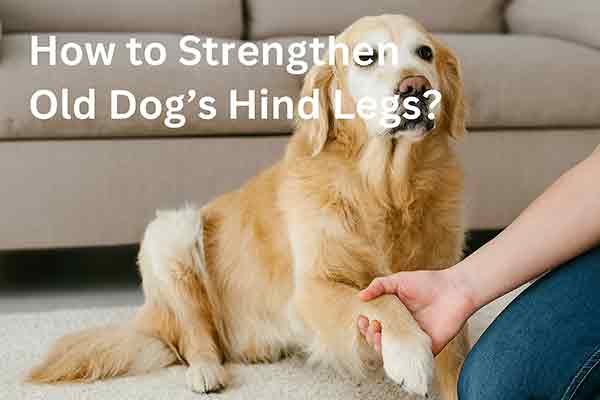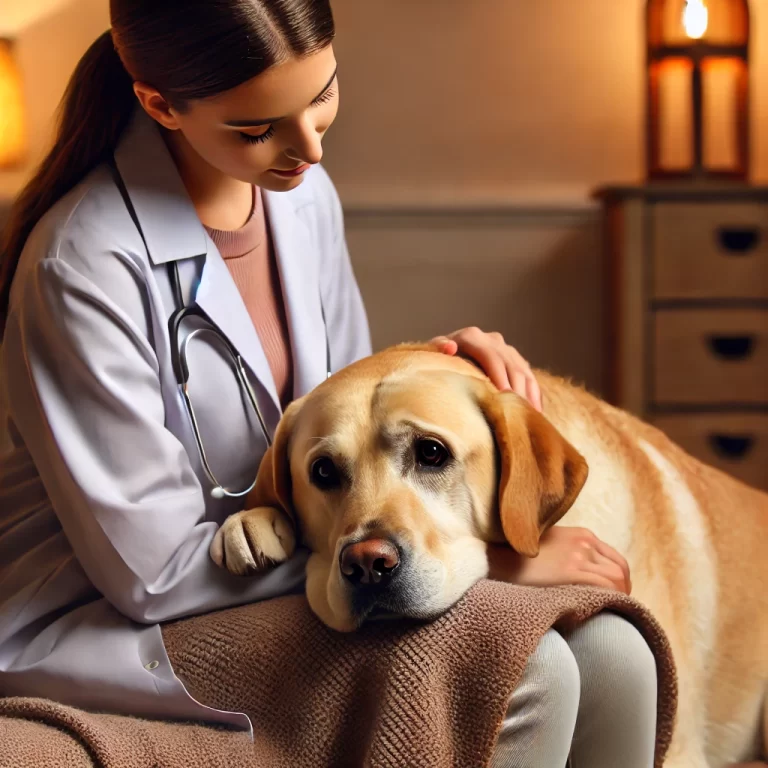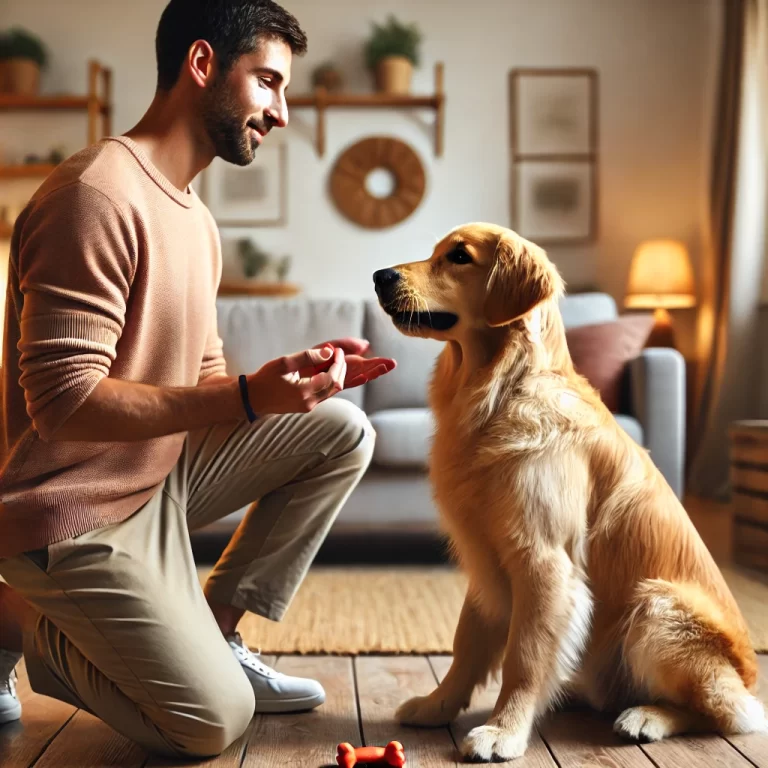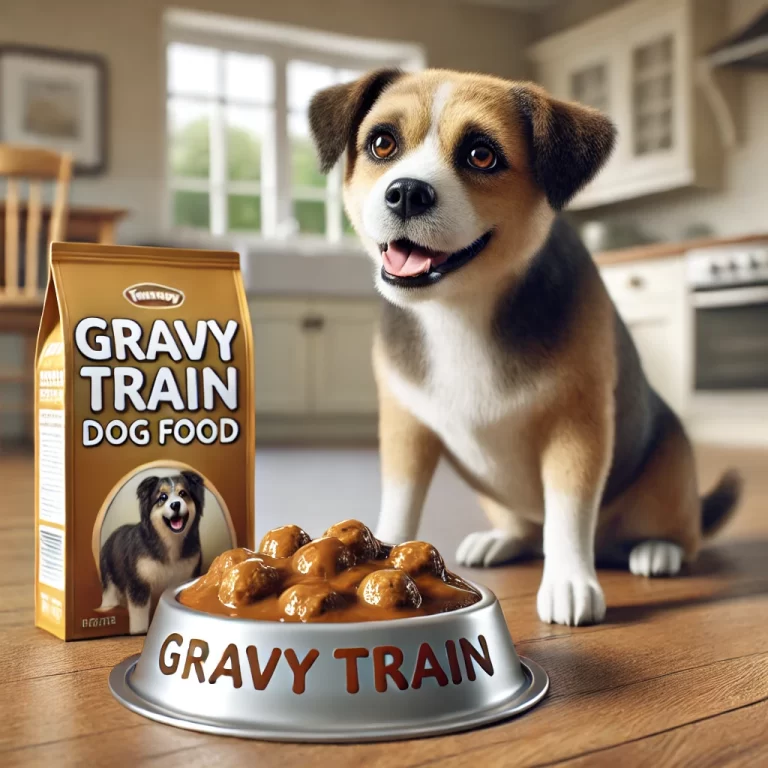How to House Train an Adult Dog?
House training an adult dog can seem like a daunting task, especially if your furry companion has developed bad habits over the years. However, with patience, consistency, and the right techniques, you can successfully train an older dog to eliminate in the right place. Whether you’re adopting a rescue dog, dealing with a pet who was never properly trained, or trying to correct housebreaking issues, this guide will walk you through the process step by step.
Why Do Some Adult Dogs Need House Training?
Many people assume that house training is only necessary for puppies, but adult dogs may need it for several reasons:
- Lack of Previous Training – Some dogs were never house trained as puppies and have no understanding of where they should eliminate.
- Rescue or Shelter Dogs – Dogs that have lived in shelters or had multiple owners might not have a consistent routine.
- Change in Environment – Moving to a new home can confuse a dog, making them forget their house-training habits.
- Medical Issues – Some dogs develop incontinence due to aging, urinary tract infections, or other health problems. If your dog suddenly starts having accidents, consult a veterinarian to rule out medical causes.
Understanding why your dog needs house training will help you tailor the process to their specific needs.
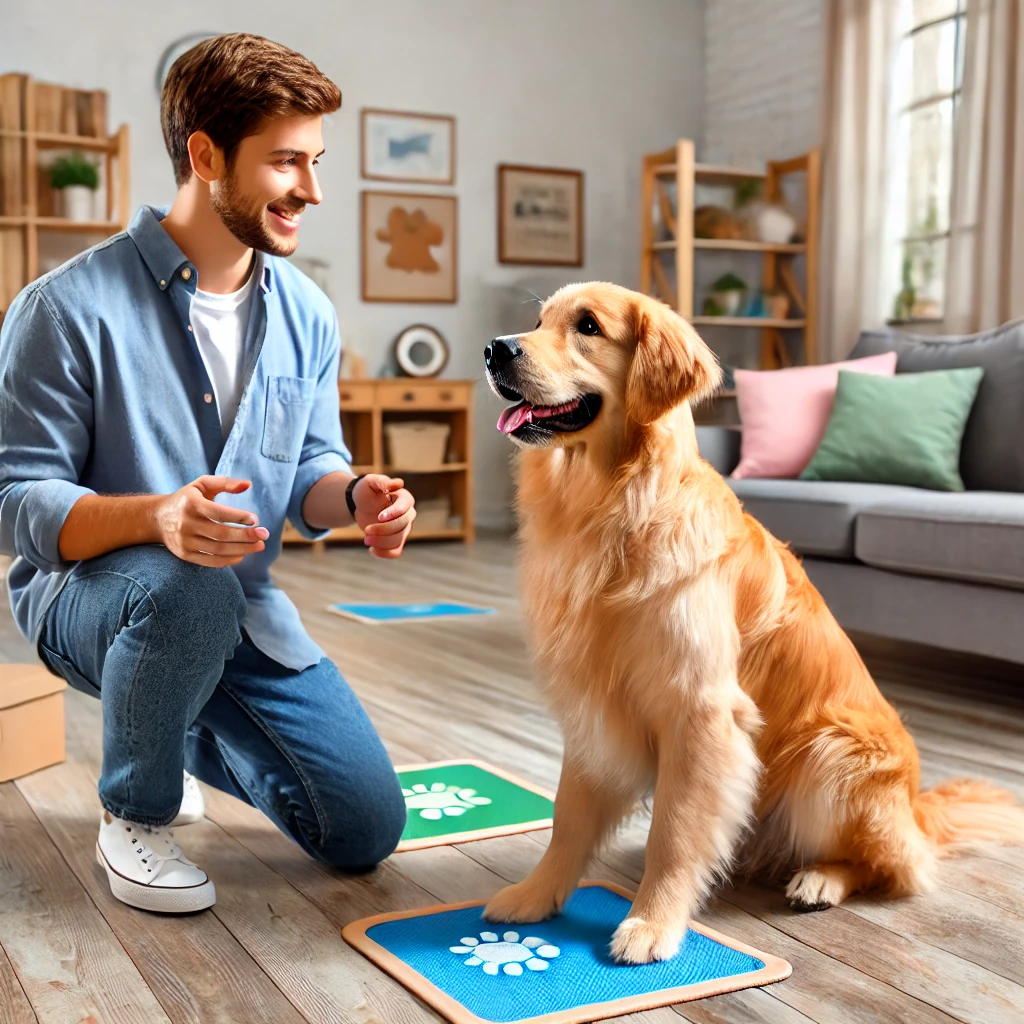
Step 1: Establish a Consistent Routine
Dogs thrive on routine, and setting a structured schedule will help them learn faster.
- Feeding Schedule – Feed your dog at the same times every day. A regular feeding schedule makes bathroom habits more predictable.
- Potty Breaks – Take your dog outside at consistent times: first thing in the morning, after meals, after naps, before bedtime, and anytime they show signs of needing to go.
- Use a Designated Potty Area – Choose a specific spot in your yard or on walks where you want your dog to eliminate. The familiar scent will encourage them to use the same spot.
Step 2: Use Positive Reinforcement
Dogs learn best through positive reinforcement. Rewarding good behavior will make your dog more likely to repeat it.
- Praise and Treats – Every time your dog eliminates in the correct spot, immediately reward them with praise and a small treat. Use a happy, encouraging tone to reinforce good behavior.
- Use a Command – Say a cue like “Go potty” when taking them outside. Eventually, they will associate the command with the action.
- Avoid Punishment – Never punish your dog for accidents. Scolding or rubbing their nose in the mess will only create fear and confusion. Instead, focus on rewarding desired behavior.
Step 3: Supervise Indoors and Manage Accidents
Until your dog is fully house trained, close supervision is crucial.
- Keep Them in Sight – If possible, keep your dog in the same room with you. Watch for signs they need to go, such as sniffing, circling, or whining.
- Use a Leash Indoors – If your dog tends to wander off and have accidents, keeping them on a leash indoors can help you catch warning signs early.
- Interrupt Accidents – If you catch your dog in the act, calmly say “No” and immediately take them outside to finish. Reward them if they complete the action outside.
Step 4: Crate Training for Housebreaking
Crate training can be an effective method for house training an adult dog, as dogs naturally avoid soiling their sleeping area.
- Choose the Right Crate – The crate should be large enough for your dog to stand, turn around, and lie down comfortably, but not so big that they can eliminate in one corner and sleep in another.
- Gradual Introduction – Make the crate a positive space by feeding meals inside it and placing toys and blankets inside.
- Use the Crate for Short Periods – Never leave your dog in a crate for too long. Adult dogs can typically hold their bladder for 4-6 hours, but this varies based on size, age, and health.
- Crate Breaks – Take your dog outside immediately after letting them out of the crate. Reward them for eliminating in the right place.
Step 5: Address Marking and Submissive Urination
Some adult dogs may engage in urine marking or submissive urination. Understanding the cause will help you address it.
- Urine Marking – Neutering or spaying can reduce marking behavior. Clean marked areas thoroughly with an enzymatic cleaner to remove scents that may trigger repeat behavior.
- Submissive Urination – If your dog pees when excited or afraid, avoid sudden movements or loud voices. Build their confidence with positive interactions.
Step 6: Be Patient and Stay Consistent
House training an adult dog takes time, but with consistency, they will learn. Keep these final tips in mind:
- Be Patient – Some dogs learn faster than others. Stay consistent and give your dog time to adjust.
- Stick to a Schedule – The more consistent you are, the faster your dog will learn.
- Clean Accidents Properly – Use an enzymatic cleaner to eliminate odors and prevent repeat accidents.
Common House Training Challenges and Solutions
| Problem | Solution |
|---|---|
| Frequent Accidents Indoors | Increase the number of potty breaks, supervise more closely, and reinforce positive behavior. |
| Dog Refuses to Go Outside | Try taking them to a different area, change walking routes, or use a command cue. |
| Dog Eliminates in Crate | Ensure the crate is the right size and take them out more frequently. |
| Dog Marks Indoors | Neuter/spay your dog, clean with enzymatic cleaner, and reinforce outdoor elimination. |
Final Thoughts
House training an adult dog requires patience, consistency, and positive reinforcement. By setting a clear routine, supervising your dog indoors, using crate training effectively, and addressing any underlying issues, you can successfully teach your dog proper bathroom habits. Remember, every dog is different—some may learn quickly, while others need more time. Stay patient and committed, and soon, your furry friend will be house trained and accident-free.
With the right approach, you can transform even the most stubborn adult dog into a well-trained companion. Happy training!

